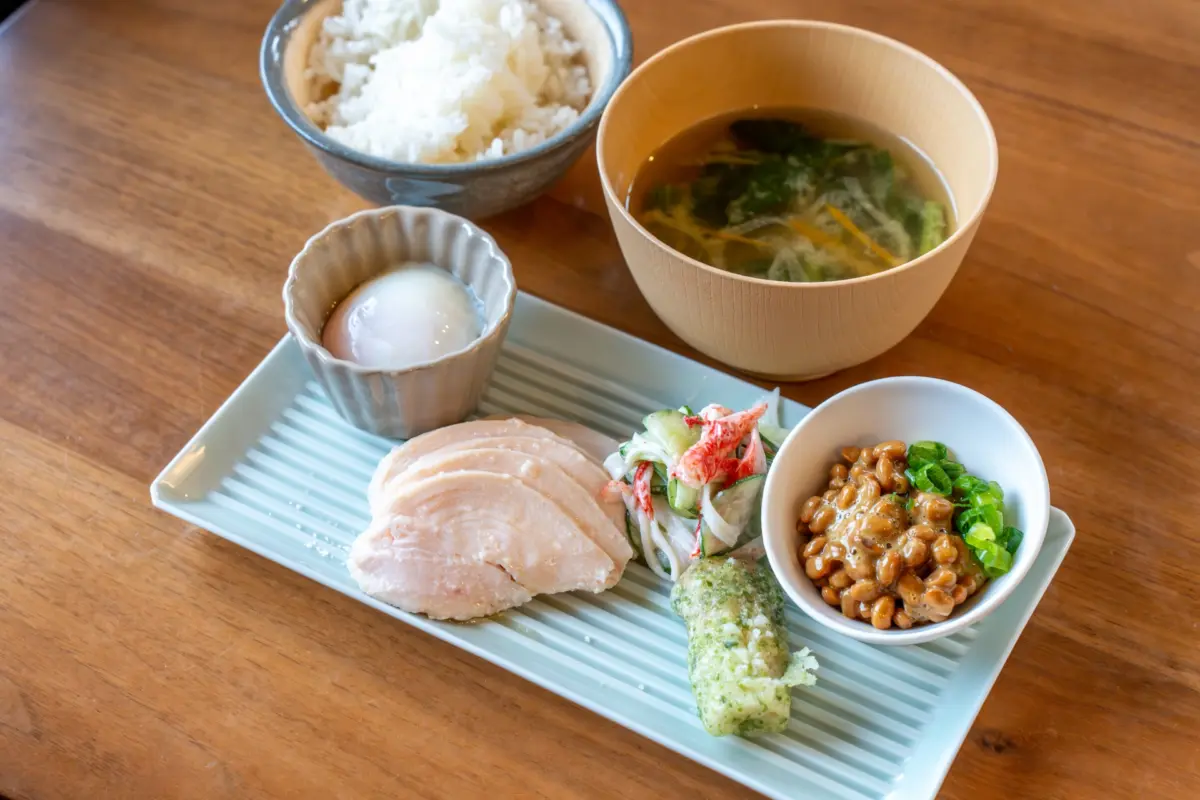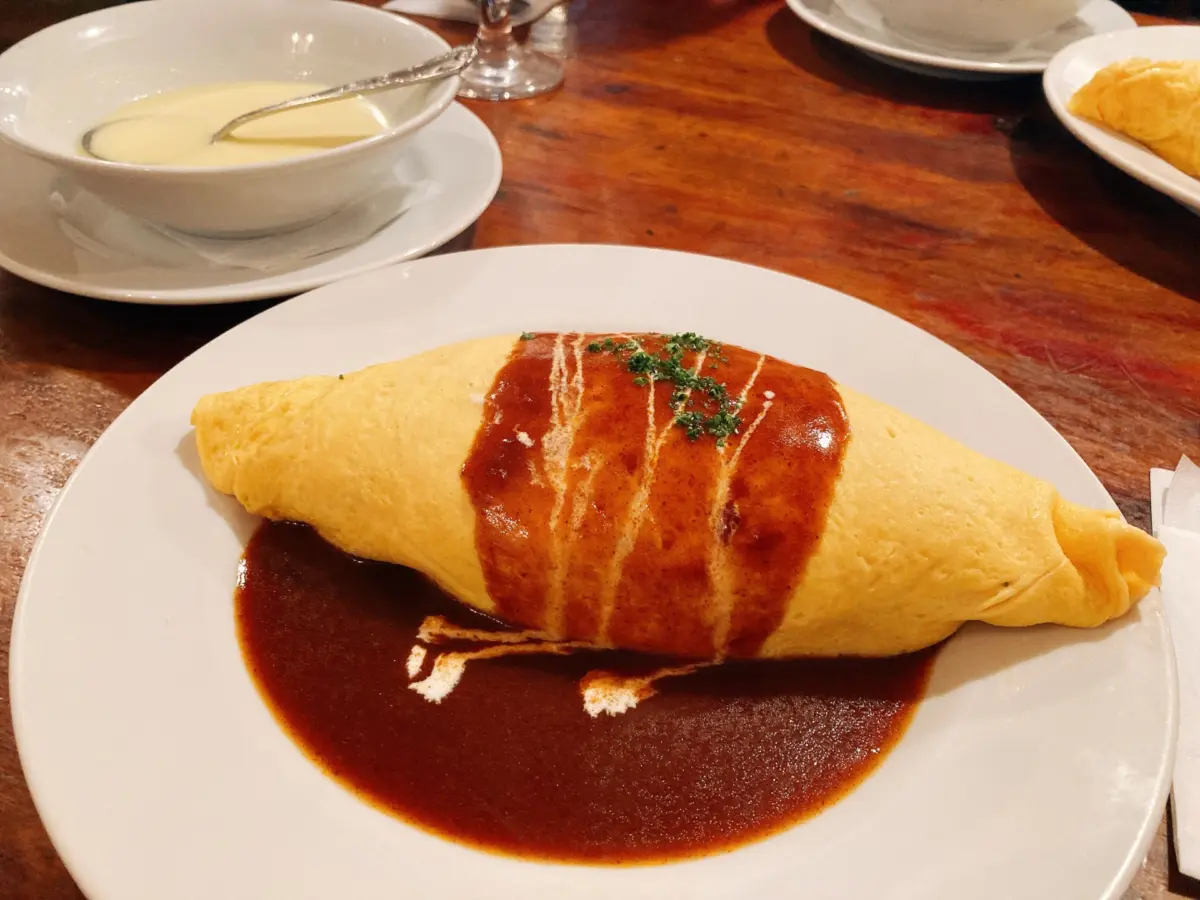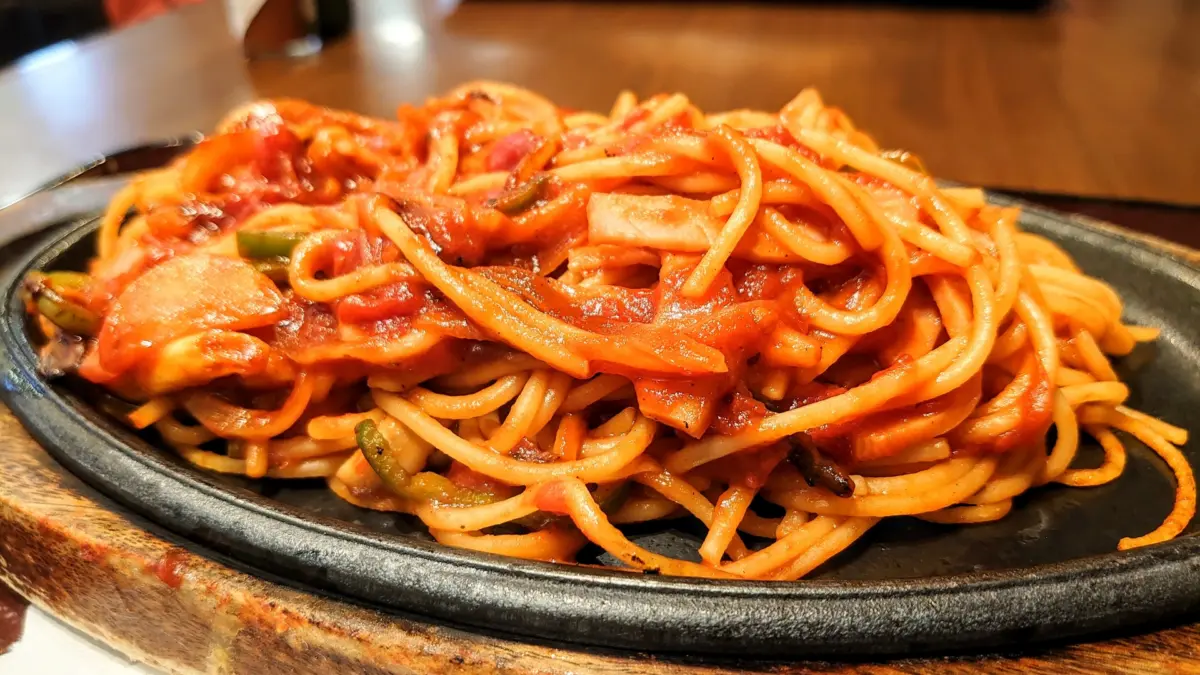Japanese cuisine, also known as washoku, is a harmonious blend of flavor, tradition, and seasonal ingredients. For example, many dishes emphasize the use of fresh, locally-sourced ingredients that reflect the changing seasons.
Moreover, this culinary tradition is deeply rooted in Japan’s cultural values, making it unique.
Recognized by UNESCO as an Intangible Cultural Heritage, washoku reflects the deep connection between Japanese culture and its food.
Key Features of Japanese Cuisine

Seasonality: Japanese dishes often feature ingredients that reflect the current season, enhancing their natural flavors and umami.
Presentation: A focus on aesthetics ensures that dishes are visually appealing, complementing the umami present in each ingredient.
Healthiness: Japanese food is known for its balance of nutrients, use of fresh, low-fat ingredients, and the natural umami derived from ingredients like seaweed, soy sauce, and miso.
The History of Washoku

Washoku, which translates to “Japanese cuisine,” has its roots in ancient agricultural traditions. During the Heian period (794–1185), Japan developed unique culinary practices influenced by seasonal availability and regional diversity.
The Edo period (1603–1868) saw the rise of sushi, tempura, and other iconic dishes, many of which were street food at the time.
With the modernization of the Meiji era (1868–1912), Western culinary techniques blended with traditional washoku, giving rise to yoshoku, or Japanese-style Western food.
Iconic Japanese Dishes
Sushi

A globally recognized symbol of Japanese cuisine, sushi combines vinegared rice with fresh seafood, vegetables, or eggs.
Popular variations include nigiri, maki, and sashimi.
Ramen

Ramen is a beloved noodle dish that varies by region.
From Hokkaido’s miso ramen to Kyushu’s tonkotsu ramen, each bowl offers a unique blend of flavors.
Tempura

Tempura features lightly battered and deep-fried seafood or vegetables.
Served with dipping sauce, it’s a staple of traditional Japanese meals.
Miso Soup

Cooks craft miso soup with a combination of miso paste, dashi broth, and fresh ingredients like tofu, seaweed, and green onions.
Families often add seasonal variations, such as mushrooms or clams, to reflect Japan’s love for fresh, local flavors.
This comforting soup symbolizes the deep connection between Japanese food and its cultural traditions.
Shabu-Shabu

Shabu-shabu offers a lighter take on hot pot dishes. Diners briefly swish thinly sliced meat and fresh vegetables in hot broth before dipping them into savory sauces like ponzu or sesame.
This interactive preparation style allows for customization, making it a popular choice for casual gatherings and special occasions alike.
Sukiyaki

Diners prepare sukiyaki at the table by cooking thinly sliced beef, vegetables, tofu, and noodles in a sweet and savory sauce.
They then dip the ingredients into raw beaten eggs, which adds a creamy texture and rich flavor.
This communal dining experience reflects Japan’s cultural emphasis on togetherness and enjoyment of shared meals.
Dishes with International Influences
Japan’s culinary landscape is vast and diverse, often blending influences from other cuisines into unique dishes that have become distinctly Japanese. These adaptations reflect the creativity and resourcefulness of Japanese cooking traditions.
Interestingly, even Japanese people sometimes mistake these creations for purely foreign dishes due to their origins or presentation.
Omurice

Omurice, a delightful fusion of Western omelets and Japanese fried rice, is a beloved comfort food. Typically, the fried rice, often seasoned with ketchup, is encased in a fluffy omelet and topped with ketchup or demi-glace sauce.
Moreover, this dish is not only flavorful but also visually appealing, making it a hit in family restaurants.
Historically, it emerged during the Yoshoku (Western-style Japanese cuisine) movement of the early 20th century, reflecting Japan’s adaptation of Western culinary influences. As a result, Omurice has become a nostalgic favorite for many households.
Tenshinhan

Inspired by Chinese cuisine, Tenshinhan features a fluffy crab meat omelet served over rice, all topped with a savory, thick sauce.
Despite its Chinese-sounding name, this dish is a distinctly Japanese interpretation of Chinese flavors.
Napolitan

Napolitan spaghetti, which is flavored with ketchup, onions, green peppers, and sausages, offers a uniquely Japanese twist on Italian pasta. Interestingly, it originated in Japan’s post-war era, reflecting the country’s creativity in adapting limited resources.
Today, it remains a nostalgic favorite, particularly in family restaurants, and continues to delight both young and old.
Ebi Chili

Chen Kenmin(陳建民), a Sichuanese chef, created Shrimp with chili sauce, commonly known as Ebi Chili, by adapting the Chinese dish Gan Shao Xia Ren to suit Japanese tastes.
This dish, originally inspired by Sichuan cuisine, was developed to cater to the preferences of Japanese diners, making it a staple in Japanese-Chinese fusion cuisine.
Genghis Khan

Named after the Mongolian leader, Genghis Khan is a grilled mutton or lamb dish that is deeply rooted in Hokkaido’s local cuisine.
Although the dish’s Japanese origin has little to do with Mongolian cuisine, it has nonetheless become a regional favorite.
Typically, it is cooked on a domed grill alongside fresh vegetables, making it both flavorful and satisfying.
Japanese Curry

Japanese curry has a fascinating history that highlights its cultural adaptability. Originally, British colonizers in India adapted Indian curry to suit their tastes, creating a milder, gravy-like dish. This version was then brought to Japan during the Meiji era (1868–1912) and transformed over time into the beloved Japanese curry we enjoy today.
Unlike Indian curry, which features a thinner, broth-like consistency and a bold variety of spices, Japanese curry is known for its thick, stew-like texture and mildly sweet flavor.
For example, kare raisu (curry with rice) is a staple in Japanese homes. Additionally, its hearty appeal has made it a popular choice in school lunches, restaurant menus, and convenience stores.
Evolution into Soup Curry

Over the years, Japanese curry has continued to evolve. For instance, Hokkaido introduced soup curry, a lighter, broth-based version of the dish.
This variation features large pieces of vegetables and meat, offering a refreshing twist on the classic curry. Furthermore, it showcases the creativity and adaptability of Japanese cuisine.
Dining Etiquette in Japan
Dining in Japan comes with its own set of customs:
- Chopsticks: Never stick chopsticks upright in rice as it resembles funeral rituals.
- Saying Grace: Begin your meal with “Itadakimasu” and end with “Gochisousama.”
- Soy Sauce: Avoid pouring soy sauce directly onto rice.


